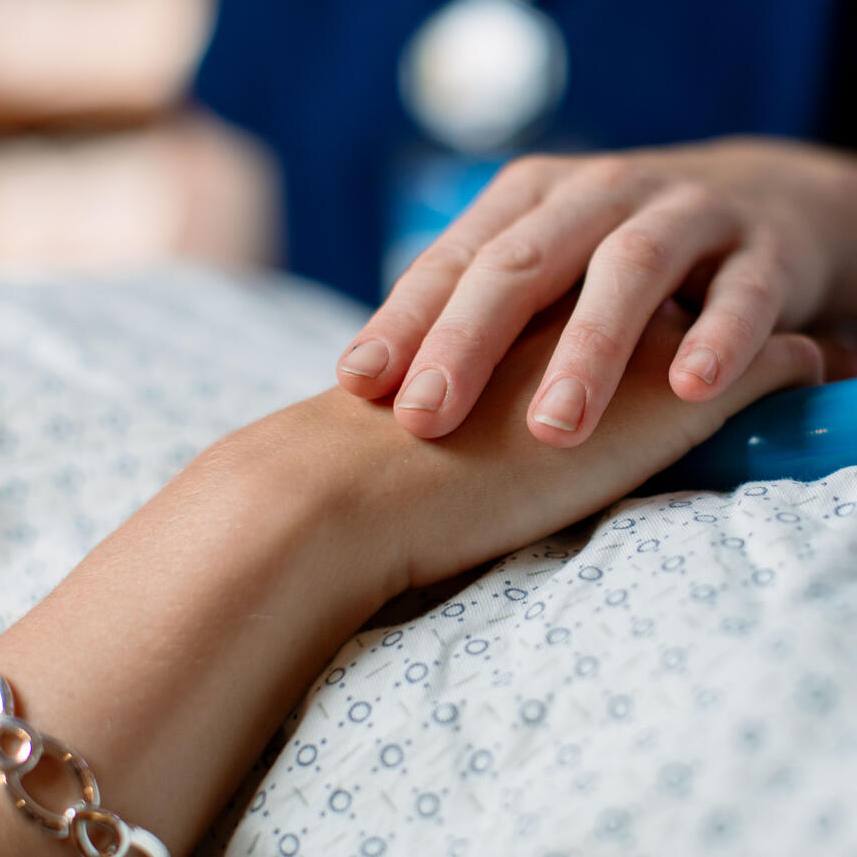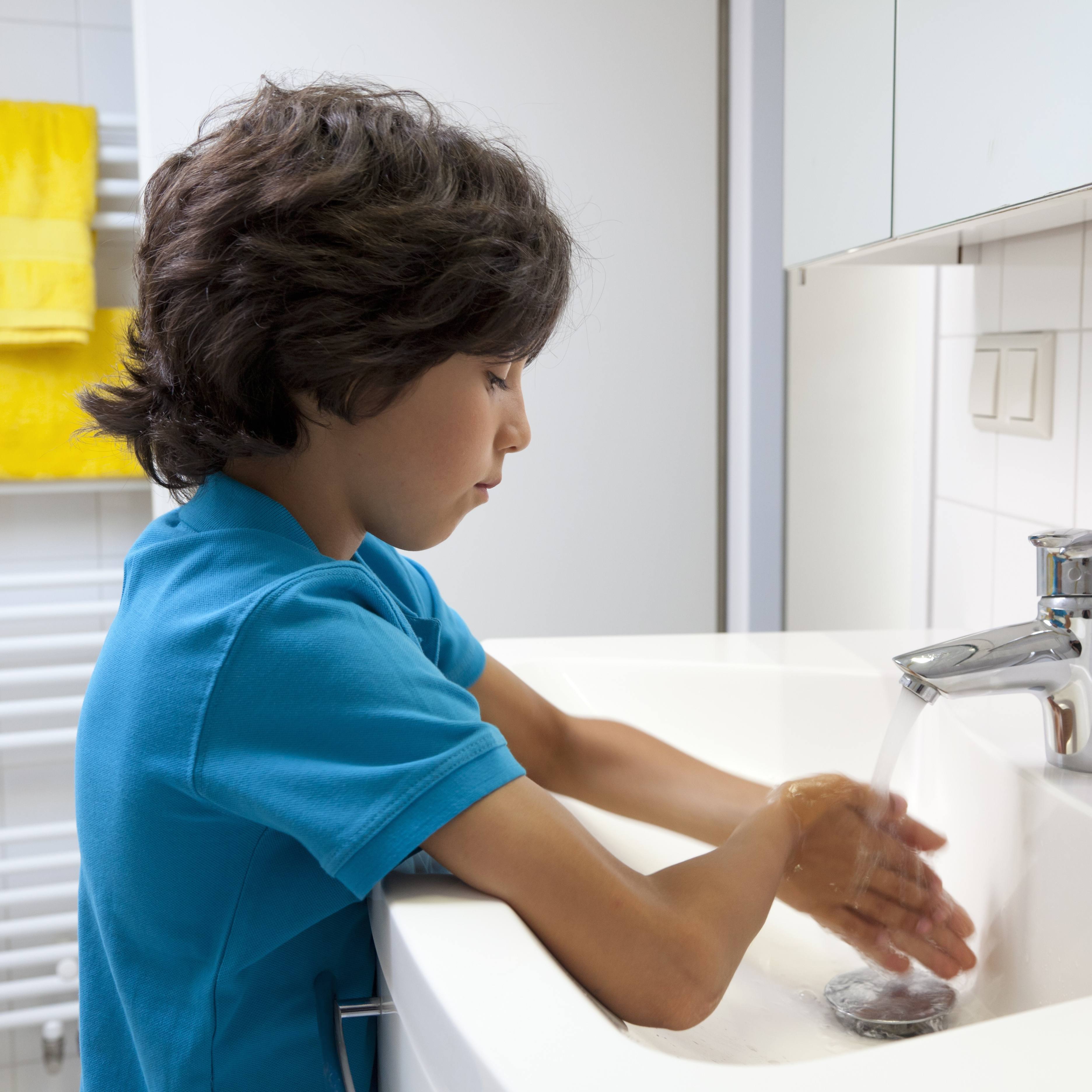-
Mayo Clinic Minute: Safety tips to keep you out of the emergency department this winter
Winter brings snow, cold and ice that can create hazardous conditions leading to serious injury. In this Mayo Clinic Minute, Dr. Sue Cullinan, a Mayo Clinic emergency medicine physician, discusses some of the most common winter-related injuries that she sees and offers tips on how to keep you and your family safe.
Journalists: Broadcast-quality video (0:59) is in the downloads at the end of this post. Please courtesy: "Mayo Clinic News Network." Read the script.
The winter months can keep emergency departments busy.
"Shoveling is a big one. We see a lot of patients here in the ER," says Dr. Cullinan.
To avoid a trip to the emergency department, when shoveling it's best to push the snow instead of hoisting and dumping, it which can be a big workout on your heart.
"If you start shoveling, and you start having chest pain or shortness of breath, you should put that shovel down and rest, and go in and be checked if it's chest pain," says Dr. Cullinan.
Another winter emergency that sends more than 20,000 people to the emergency department each year is carbon monoxide poisoning.
"We'll see people with symptoms that are mild ― often headaches and they're nauseated. (They can be) a little confused at times, and it kind of depends on the level of carbon monoxide poisoning."
Dr. Cullinan says it can be serious, even deadly, which is why making sure you have working detectors is key to protecting you and your family from the colorless, odorless gas.
The most common injury that emergency departments see in the winter is falls.
"We have wrist injuries, hip injuries," explains Dr. Cullinan. "One of the areas where we see falls is people getting out of cars. Just hanging onto the door or steering wheel when you get out until you know what the conditions are like is a smart move."
For the safety of its patients, staff and visitors, Mayo Clinic has strict masking policies in place. Anyone shown without a mask was either recorded prior to COVID-19 or recorded in a nonpatient care area where social distancing and other safety protocols were followed.







